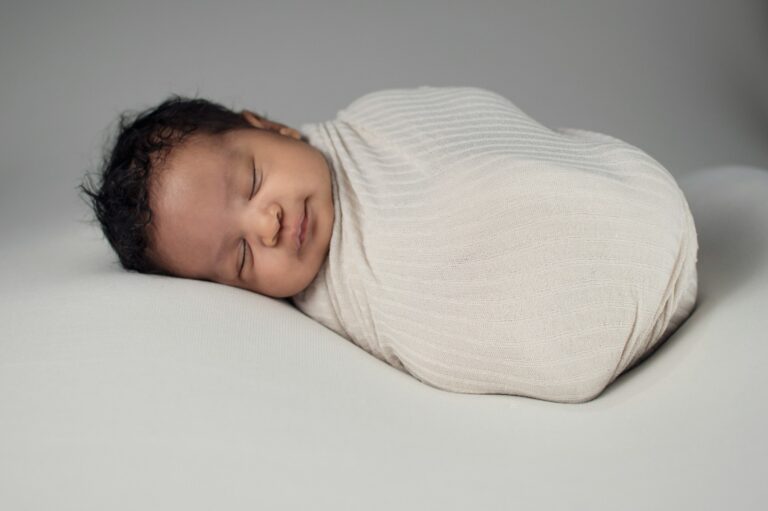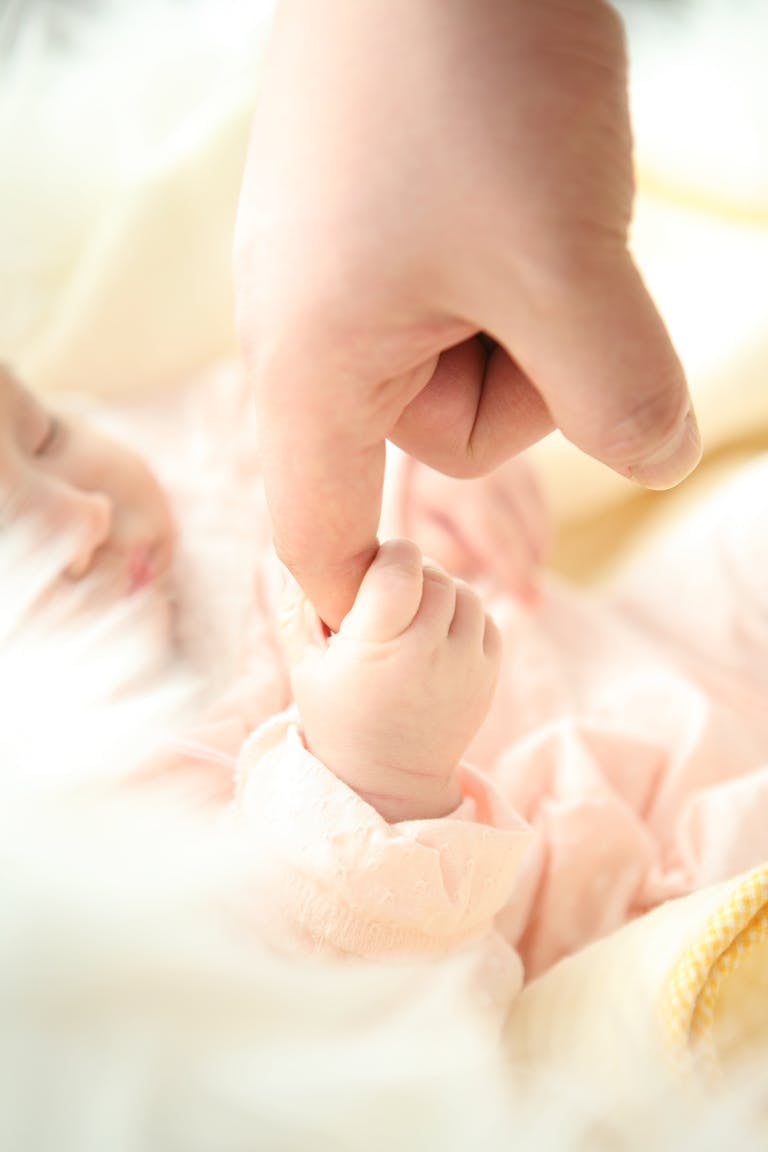The moment a newborn launches into those drawn-out, heart-tugging cries—especially at the end of a long day—many parents instinctively wonder, “Is something wrong? Why does my baby cry even when fed, changed, and cuddled?” The concept of baby discharge crying often triggers worry, particularly when parents observe tears streaming, or notice strange discharge from the eyes, nose, or even ears. How can you tell the difference between a harmless, developmental milestone and a true warning sign? What does the medical science reveal about crying spells and those sticky secretions that sometimes worry caregivers? Navigating these questions, you will discover insights on patterns and reasons behind baby discharge crying, understand the various types of discharge—eye, nasal, ear, or genital—what’s normal, what signals a problem, and, above all, how you can provide comfort alongside practical medical advice. Because supporting your baby through this sometimes stormy season means moving between reassurance and action.
What Is Baby Discharge Crying? Why Does It Matter?
Baby discharge crying is a pattern recognized by both experience and paediatric science: episodes of intense, sometimes inconsolable crying, often hitting their peak at around six weeks and winding down by the fourth month. Yet, the puzzle becomes more complicated once you notice the co-occurrence of tears or fluid—most frequently at the eyes, but sometimes the nose—during or after these crying spells.
Far from indicating a flaw in your care, baby discharge crying is intimately linked to the infant’s brain and sensory development. At this age, an infant’s world is loud, brightly lit, and overwhelmingly new. Emotional build-up gets released, not through words, but through tears and sound. Tear ducts, just learning to function, may produce an overflow that pools in the corners of their eyes. Some might call it an “emotional reset” for your little one. Scientifically, it’s part of the regulatory process: babies release tension by crying, while their immature duct system occasionally lets extra tears—or eye discharge—escape.
Why pay attention? Because these crying jags are draining, not only for babies, but for exhausted parents too. Understanding the difference between “normal” and “abnormal” discharge—especially when mixed with high-pitched, lasting cries—gives you power: the power to stay calm, to support your baby, and to act promptly when something does need medical attention.
How to Distinguish Baby Discharge Crying From Basic Needs Crying
You might ask: isn’t all crying just crying? The answer is nuanced. Typical hunger cries ramp up gradually—low at first, then a crescendo. Fatigue produces fussiness, perhaps some eye rubbing. Baby discharge crying often feels different: it can be sudden, piercing, or extend longer than expected. The lack of obvious cause, the inability to soothe even after all basic needs are met, and the accompanying physical signs—sometimes frantic arm or leg movements, an arched back, and that unmistakable burst of eye discharge—mark it out as something else.
Look for these signs:
- Emotional outbursts often around the same time each day—late afternoon or evening is common
- Rapid onset, followed by prolonged crying
- Difficult to comfort, doesn’t stop with feeding, changing, or holding
- Sometimes paired with mild eye watering or nasal discharge
By observing, noting patterns, and responding calmly, you equip yourself to handle both the bewildering and the ordinary.
Common Causes: Why Do Babies Cry So Much?
Everyday Triggers Behind Baby Discharge Crying
Let’s step away from emotion for a second. Not all crying is about feelings; often, it’s biology. Infants cry because:
- They are hungry: The classic gradual build-up, rooted in empty tummies.
- Discomfort: Think of a wet diaper, or a sudden chill—leading to urgent protest.
- Tiredness: A baby who missed their nap can spiral into inconsolability.
- Overstimulation: New sounds, lights, too many faces—or even absence of familiar smells.
- Pain or physical distress: Gas, colic, or rarely, minor illness.
A special mention: babies can also cry as a cumulative release, an unloading of sensory and emotional stress.
The PURPLE Crying Period (And Why It Matters for Discharge)
The acronym PURPLE (Peak of crying, Unexpected, Resists soothing, Pain-like face, Long-lasting, Evening) summarizes a real, medical reality. For many caregivers, the period between two weeks and four months is a marathon: hours-long, unpredictable spells as your baby’s nervous system adapts. Notably, the increase in eye discharge during these baby discharge crying cycles is often due to both emotional tears and anatomical quirks—immature tear ducts frequently block, leading to visible fluid.
This phase will pass as your little one’s brain connects more dots and their autonomic systems mature.
Decoding Baby Discharge: Types, Patterns, and Red Flags
Eye Discharge — What Is Okay, What Is Not?
Mild, slightly yellow eye discharge after sleep is par for the course. Blocked tear ducts are common; sometimes, after a robust crying episode, you’ll spot more fluid at the eye corners. Clear or barely yellow discharge, coming and going, generally means all is well.
Time to worry? Thick, persistent, green or distinctly yellow, or foul-smelling secretions—especially alongside swelling, redness, or your baby seeming to avoid opening an eye—suggest infection (like conjunctivitis) or even other medical concerns. A pediatric consult is necessary here.
Nasal Discharge — When Is It Worth Noting?
Tiny noses are often congested. Clear, watery nasal discharge (mucus) is harmless, sometimes part of the standard “baby discharge crying” aftermath. But yellow-green mucus points to infection. If your child struggles to breathe, feed, or the mucus is blood-tinged, see your doctor without delay.
Ear Discharge — Always Act For This
Any ear discharge—especially pus, green or yellow, or blood-stained fluid—deserves prompt evaluation. In infants, this is rare but can hint at injury, middle-ear infection, or even eardrum rupture. Watch for other clues: fever, irritability, frequent tugging of the ear, or crying that is sudden and sharp.
Genital Discharge — What’s Expected, What’s Not
For female newborns, a small amount of white or slightly blood-tinged genital discharge is common, linked to maternal hormonal transfer. Unless it is heavy, yellow-green, or has a bad odour—or your baby appears uncomfortable—there’s usually no need to worry. Any abnormal appearance signals the need for medical clarity.
Recognising Concerning Patterns in Baby Discharge Crying
When is discharge just part of development, and when is it an alert? The medical answer: clear, mild, short-term, and asymptomatic discharge fits the healthy pattern. But persistent, coloured, strong-smelling, or prolonged discharge—especially alongside fever, swelling, or a baby who won’t feed—calls for professional advice. Observing your child carefully is the most valuable tool you possess.
The Link Between Baby Discharge and Crying — What Science Says
Intense crying primes the tear and mucus glands, especially in the newborn phase where these systems are still adapting. A vigorous crying jag can push more fluid—both from the eyes and nose—into the open. Add in common newborn phenomena like blocked tear ducts or sensitivity to environmental stimuli (dust, pollen), and you get the classic baby discharge crying pattern.
Infections—bacterial or viral—are the main concern when crying coincides with coloured, strong-smelling, or abundant discharge. Some infants will produce discharge from hormonal changes, especially in the early weeks. Colic presents a diagnostic puzzle: while colic itself doesn’t cause discharge, the timing can overlap and heighten parental concern.
Distinguishing Normal From Abnormal: Practical Signs For Parents
The line between “all is well” and “time to act” with baby discharge crying isn’t always bold. Yet, clear signposts exist. A healthy baby experiencing a typical crying spell—tearful, maybe with a little eye discharge, but easily comforted, feeding normally, and cheerful between episodes—fits a reassuring pattern.
Red flags you should never ignore:
- Crying that is high-pitched, relentless, impossible to soothe
- Discharge that is thick, green, yellow, or foul-smelling
- Obvious swelling, pain, or your child refusing eye opening
- Feeding refusal, unusual lethargy, or sudden behaviour change
- Absence of tears after three months, or a sudden stop in tear production
- Persistent fever over 100.4°F (38°C)
Here’s a handy comparison:
| Symptom | Normal Pattern | Concerning/Red Flag |
|—————————-|————————————————|——————————————–|
| Crying | Calms with comfort | Persists/getting worse |
| Eye Discharge | Clear/light yellow; resolves fast | Thick, foul; 3+ days; pain/redness |
| Nasal Discharge | Clear/white; occasional | Green, yellow, smelly, or blood streaks |
| Ear Discharge | Absent | Any pus, blood, or coloured fluid |
| Feeding | Usual pattern | Refusing feeds, excessive sleepiness |
| Tears After 3 Months | Seen with crying | Suddenly absent or never seen |
If in doubt, a quick call to your pediatrician is the wise path.
When to Contact Your Pediatrician
Respond without delay to these signals:
- Persistent, coloured, or foul-smelling discharge from eyes, nose, or ears
- Swelling, redness, difficulty opening the eyes, or unusual tenderness near the ear
- Eye or genital discharge that is thick, green/yellow, contains blood, or lasts for several days
- Crying spells that are inconsolable, disrupt feeding, or become higher-pitched and more intense
- Loss of tears in crying after three months (or any sudden change in discharge pattern)
- Obvious signs of infection—fever above 100.4°F (38°C), acting unusually sleepy or irritable, feeding refusal
Faster intervention means more comfort for your child and greater peace of mind.
Comfort and Hygiene: What Really Helps
- Calm the environment: low lights, gentle rhythms, soft voices can work wonders
- Practical cleaning: gently wipe eye discharge or mucus with a soft damp cloth, always moving from inside to outside; use a separate cloth for each eye to avoid contamination
- For blocked tear ducts: a gentle downward massage near the inner eye—your doctor can show the safe technique; warm compresses are helpful
- Comfort tactics: skin-to-skin contact, steady rocking, baby carriers, or rhythmic motion create safe signals for the baby’s developing brain
- Self-care: hearing baby discharge crying can break your heart and drain your reserves. Step back if overwhelmed—place your baby in a safe cot and regroup. Support from a trusted adult, even for a few minutes, can restore your energy.
- Never, under any circumstances, shake your baby: this causes irreversible harm
Routine cleaning, supported by practical medical guidance and a calm, loving approach, is the cornerstone of comfort and recovery.
Medical and Home Management
- Mild baby discharge crying spells—simple cleaning and comfort nearly always suffice
- Blocked ducts will often self-resolve with time and gentle massage
- Infections require antibiotics—as guided by your pediatrician
- Prolonged, worsening, or unclear situations call for expertise—better to consult promptly
Parental Well-being: Support Is Key
Frequent crying and mysterious discharge can feel like running a marathon on zero sleep and constant worry. Those moments of doubt—”Am I missing something?”—are part of parenting. Prioritize your well-being: breaks, supportive voices, peer connections, and even medical reassurance when needed. A calm parent is a powerful ally for your child’s health. If struggle outpaces coping, reach for professional help quickly.
Key Takeaways
- Baby discharge crying is usually normal, especially with mild, clear discharge—soothed by routine comfort techniques and hygiene
- Red flag symptoms—thick, green/yellow discharge; swelling; fever; high-pitched, unrelenting cries; refusal to feed—require medical attention
- Cleaning with gentle measures and using proven calming strategies help most infants
- If you notice ear or genital discharge, always consult a doctor
- Support for parents is as valuable as care for the baby—utilize it as needed
- Access professional guidance for reassurance or any uncertainty
Get personalised advice and free child health questionnaires by downloading the Heloa application.
Questions Parents Ask
Can crying cause a baby to develop eye or nose discharge?
Definitely, yes. Strong crying encourages both the tear and mucus glands to ramp up. In most cases, eye discharge or mild nose mucus is not harmful and disappears once your baby calms down. Should additional symptoms like redness, swelling, or fever develop, that’s when a medical opinion is best.
What should I do if my baby is crying with discharge from the eyes, nose, or ears?
Begin gently: use a soft cloth to clean any discharge. Observe the colour and quantity. If it is clear and the child otherwise seems well—feeding, sleeping, responsive—a calm routine at home will work. But if the discharge is green, yellow, thick, or accompanied by concerning signs like fussiness, refusal to feed, or swelling, it’s time to see your doctor.
When should I worry about my baby’s crying and discharge?
Red signals include persistent, coloured, foul, or worsening discharge; fever; lethargy; or a baby who refuses feeds or seems unusually irritable. Trust your instincts: if something doesn’t feel right or you are unsure, seek medical attention quickly.









